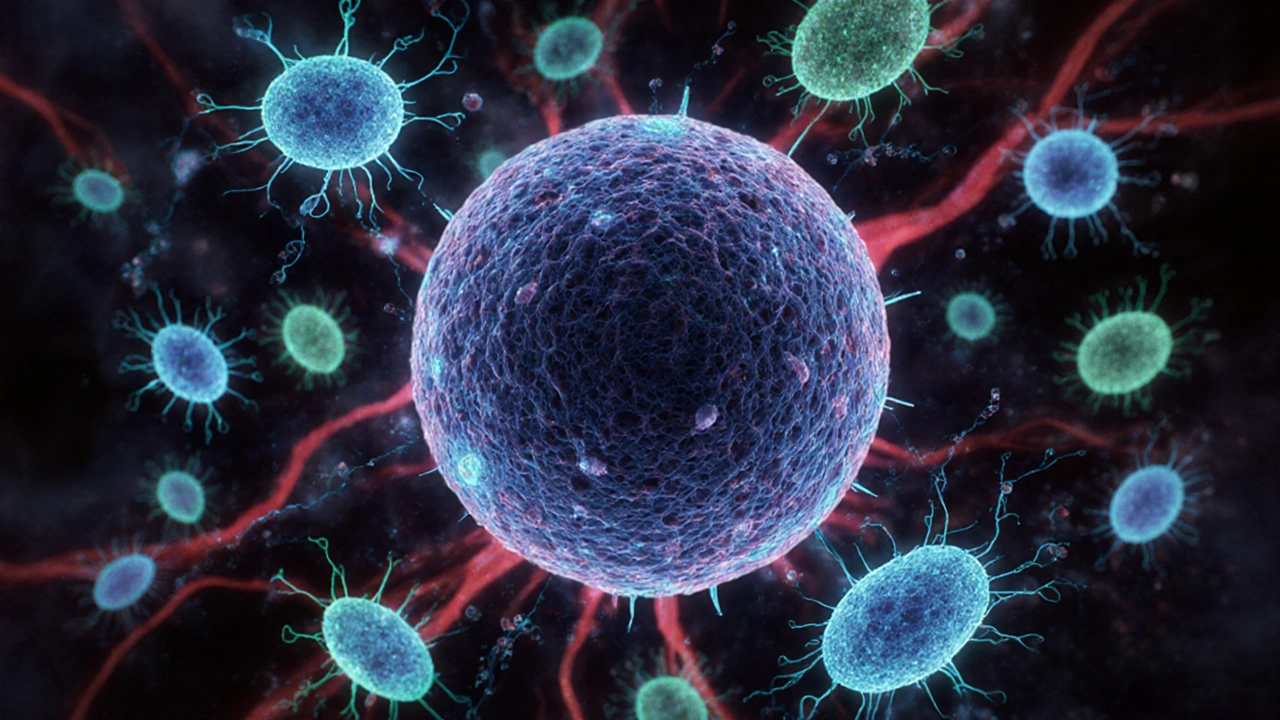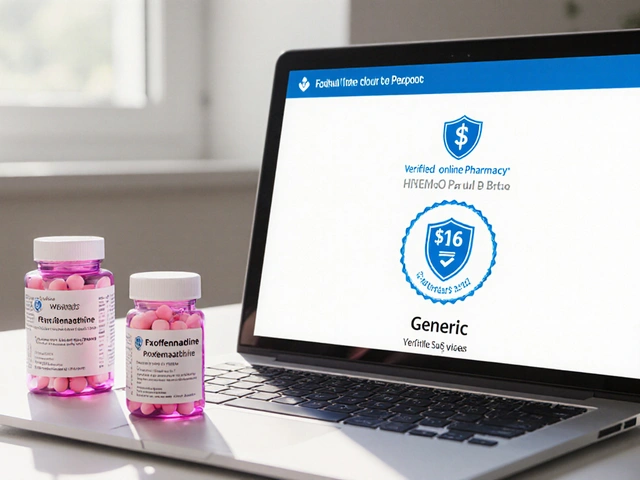Rhabdomyosarcoma
When talking about Rhabdomyosarcoma, a malignant tumor that arises from skeletal muscle tissue, often in children and adolescents. Also known as RMS, it falls under the broader category of soft‑tissue sarcoma, cancers that develop in muscles, fat, nerves, fibrous tissues, blood vessels, or deep skin layers. In the world of pediatric oncology, rhabdomyosarcoma is one of the more common solid‑tumor diagnoses, accounting for roughly 3% of all childhood cancers. Understanding its origins, typical sites, and how it behaves is the first step toward navigating the complex care pathway.
Rhabdomyosarcoma comes in two main histologic subtypes: embryonal and alveolar. The embryonal form tends to appear in younger kids, often in the head and neck region or the genitourinary tract, while the alveolar type usually affects older children and teenagers and is more likely to spread early. Key attributes include rapid growth, a tendency to invade nearby structures, and variable genetic drivers such as PAX‑FOXO1 fusion genes in alveolar cases. These biological markers influence prognosis and help doctors decide on the most effective treatment plan.
How Is Rhabdomyosarcoma Treated?
Effective management requires a multimodal approach. Chemotherapy, the use of drugs to kill cancer cells throughout the body is almost always the backbone of therapy, shrinking the tumor before surgery or radiation. Common agents include vincristine, actinomycin‑D, and cyclophosphamide, often grouped as the VAC regimen. Surgery, the physical removal of the tumor with clear margins aims to eliminate any remaining disease after chemotherapy, but the feasibility depends on the tumor’s location and size. In cases where surgery could cause severe functional loss, high‑precision radiation therapy steps in, delivering focused energy to destroy residual cancer cells while sparing healthy tissue.
Beyond these core treatments, supportive care plays a critical role. Nutritional support, physical therapy, and psychosocial counseling help children and families cope with side effects and maintain quality of life during intensive therapy. Clinical trials are also a major avenue for advancing care, offering access to novel agents like targeted therapies and immunotherapies that aim at specific molecular abnormalities found in certain rhabdomyosarcoma subtypes.
For caregivers navigating this landscape, the sheer volume of information can feel overwhelming. Below you’ll find a curated collection of articles covering medication safety, side‑effect management, and drug‑interaction guides—all written with the same clear, practical tone you’ll see here. Whether you’re looking for the latest on chemotherapy protocols, tips on managing nausea, or advice on choosing a reputable online pharmacy, the resources below are organized to give you quick, trustworthy answers.
Ready to dive deeper? Explore the posts below to get actionable insights that complement the overview you just read. Each article tackles a specific aspect of drug therapy, side‑effects, or patient counseling, giving you a well‑rounded toolkit for handling rhabdomyosarcoma and its treatment journey.

Rhabdomyosarcoma & Immune System: Essential Facts
Learn how rhabdomyosarcoma interacts with the immune system, the latest immunotherapy options, and actionable steps for patients and families.
View More




